Music Makers Theatre brings Brooklyn to life in ‘West Side Story’
March 13, 2018
The concept of a classic Shakespeare story coming to New York’s Upper West Side in the 1950s sounds insane. How could it be possible to mix the world’s greatest love story with the violence-ridden streets of Brooklyn? It turns out that the intense, violent and diverse streets of America are the perfect setting to prove that Shakespeare’s tale is truly timeless.
From March 1 and 4, Music Makers Theatre used powerful vocals, beautiful costumes and impressive sets and lights to frame the outstanding acting that presents a convincing take on the classic love story of Romeo and Juliet wrapped up in a new, mostly modern environment in “West Side Story.”
The fact that Tony and Maria‘s story is based around a classic allows the production team to focus more on style, and it showed. The love story centers on Tony and Maria. Rather than coming from competing houses, the star-crossed lovers come from competing gangs on the streets of New York. Their love story is told through light, delicate melodies that portray Tony and Maria’s hopeful and desperate love for each other. Meanwhile, percussive dance beats emphasized the intense hatred that each gang harbored for the other, while also providing a medium through which the violence could be effectively translated to the stage.
Instead of incorporating extensive stage combat into the show, the directors choreographed aggressive and dynamic movement throughout the show to emphasize the intensity of physical violence and bring it close to the audience without fear of an actor accidentally wounding a fellow cast member.
To create the lively world of West Side Story, the production team used detailed costumes. In a show where many male characters were played by female actors, the costuming played a large role in convincing the audience to see the character, rather than the actor. The costuming also emphasized the dancing, from the Puerto Rican girls’ large skirts to the gang members’ custom logos on their shirts. The costumes always complemented the aesthetic needs of the show, while still allowing the actors to move effectively.
In addition to the costumes, the set was integral to the success of the show, because it’s small, dark feel drew the audience into the environment, but still provided the room downstage for the actors to dance and interact. The wire fences combined with the black fire escape sculpted an atmosphere in which the audience and characters alike could lose themselves in the story of kids from over 60 years ago.
Lighting came into play as well, with much of the intensity and stark contrasts between locations and characters being accentuated by lighting. Oftentimes, warm light highlighted Tony and Maria during their love ballads, while dark reds bathed the gang members and foreshadowed events to come. The incredible work in costumes, set and lighting individually combine to create a unique atmosphere that literally sets the stage for the actors.
While the atmosphere can certainly play a major role in immersing the audience, it ultimately comes down to the actors to convincingly portray the characters. Overall, the acting was spectacular. Despite the fact that there aren’t a ton of jokes in the script, the actors still managed to keep the show engaging, which is difficult to do.
In fact, Emmeline Brzeczek‘s ’19 moment of accepting Tony’s (Jack Doherty ’18) death was scary, sweet and incredibly powerful all at the same time, thanks to her volatile movement pattern and the reactions of fellow actors onstage. That moment was so haunting and left such a powerful feeling throughout the audience, that the cast itself couldn’t even smile during the curtain call.
However, despite the incredibly powerful acting, the fact that many of the actors portraying Puerto Rican characters weren’t Puerto Rican and had to fake the accent ultimately was a detriment to the overall production. While many of the actors tried pulling off the accent, everyone had lines that were difficult to understand, because they were unaccustomed to making specific shapes with their mouth. Another minor critique is that the dancing wasn’t always in sync. It may sound minor, but having anyone, especially a dancer in the front mess up or get out of time is incredibly distracting and detracts from the overall picture the production presents.
So, despite some issues with dancing and accents, the show’s beautiful singing and acting made the show into the brilliant piece that it was, framed by one of the most complementary tech combinations ever to grace the Reber Center.


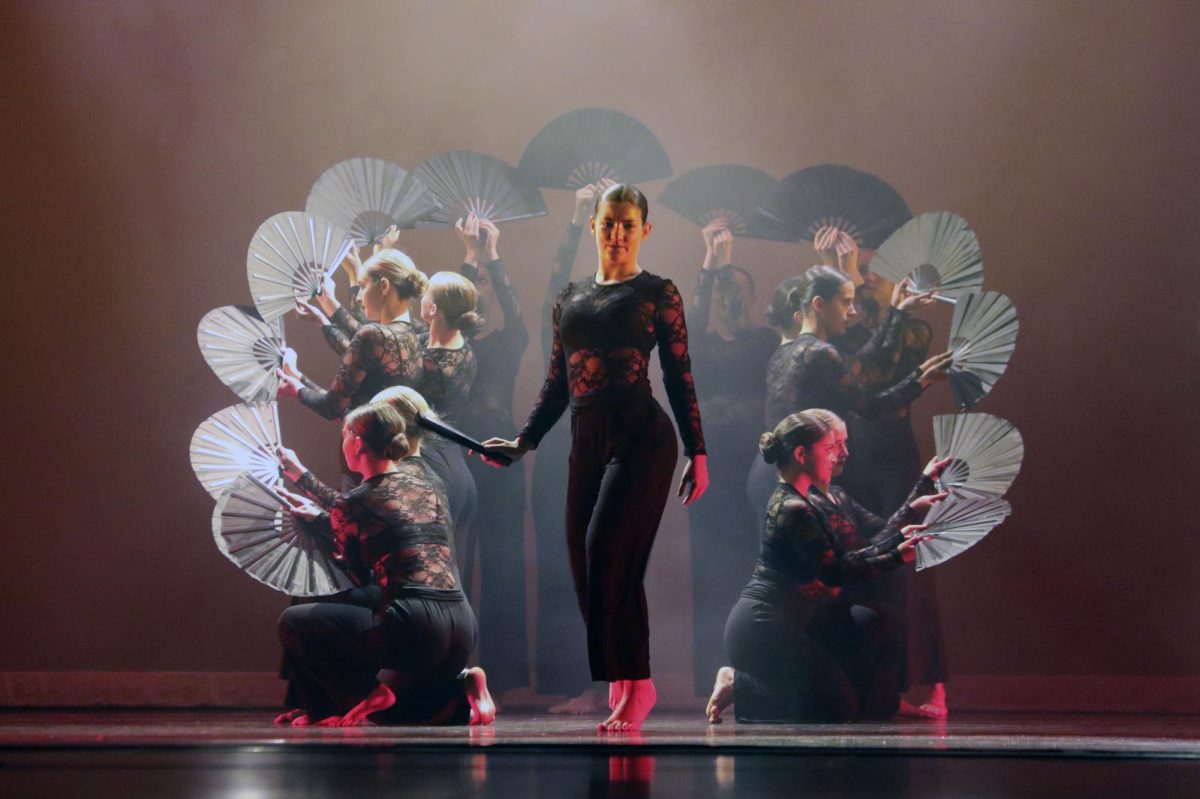
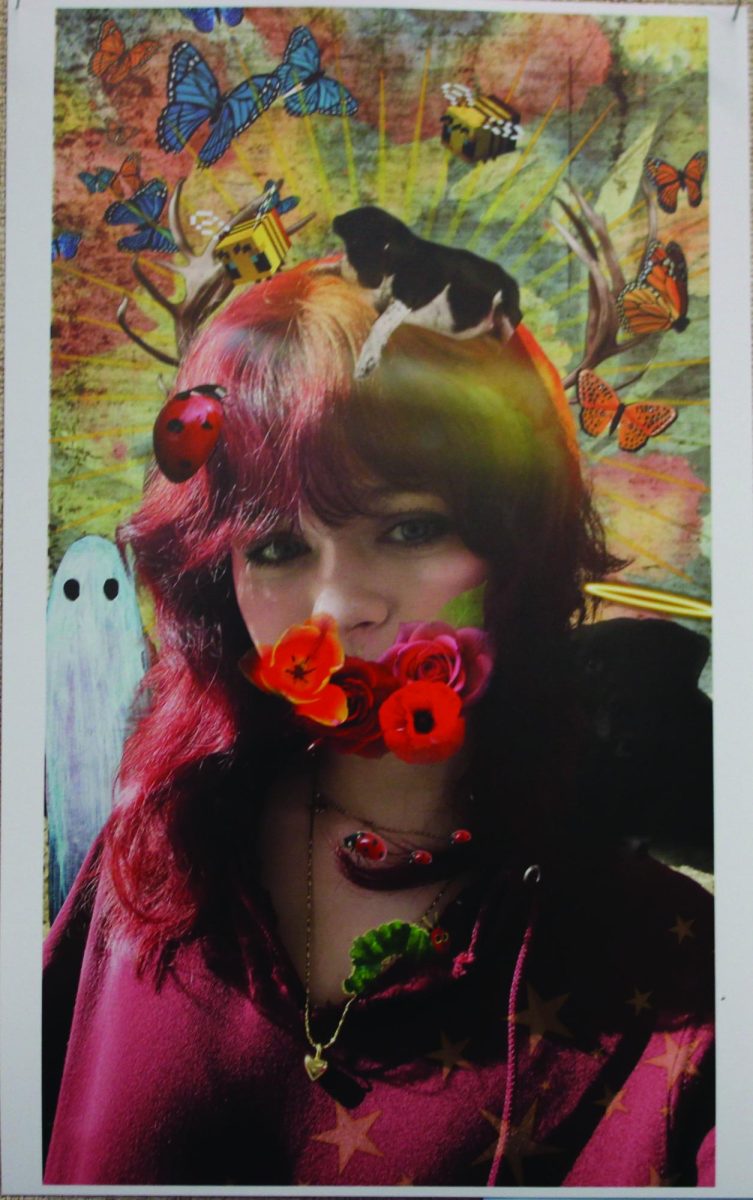
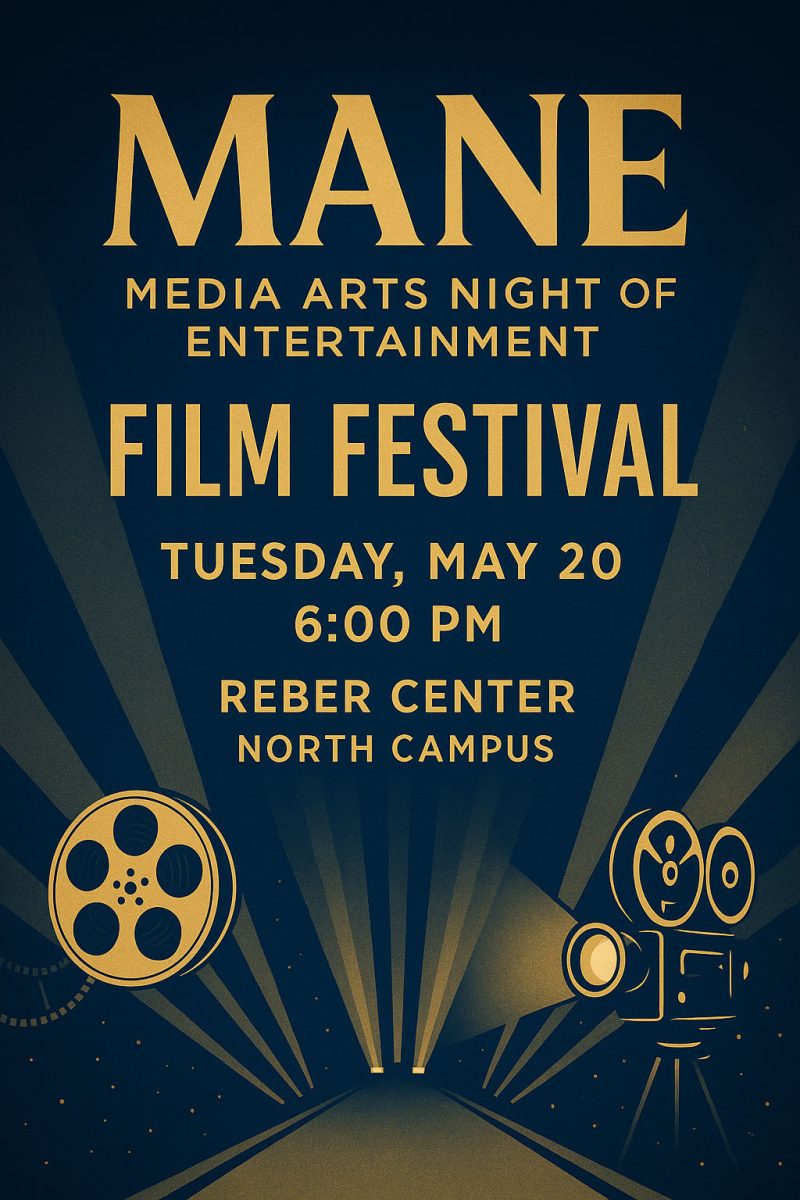

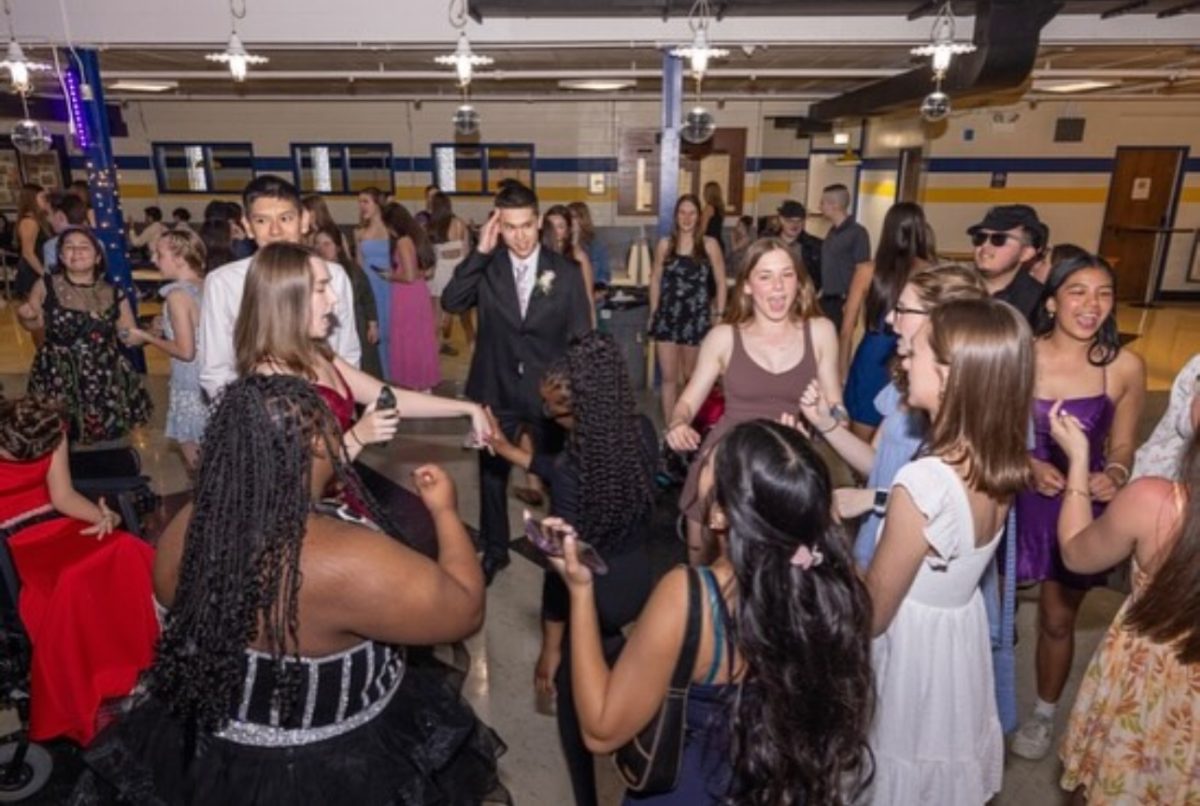
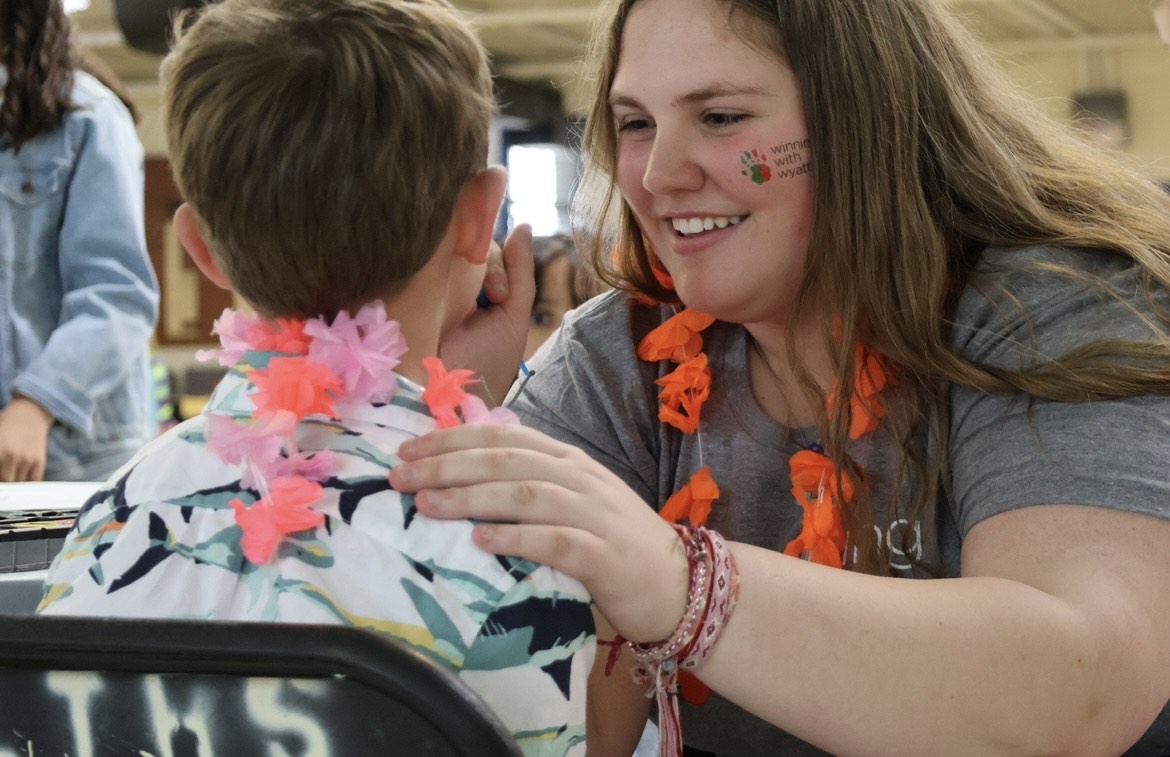


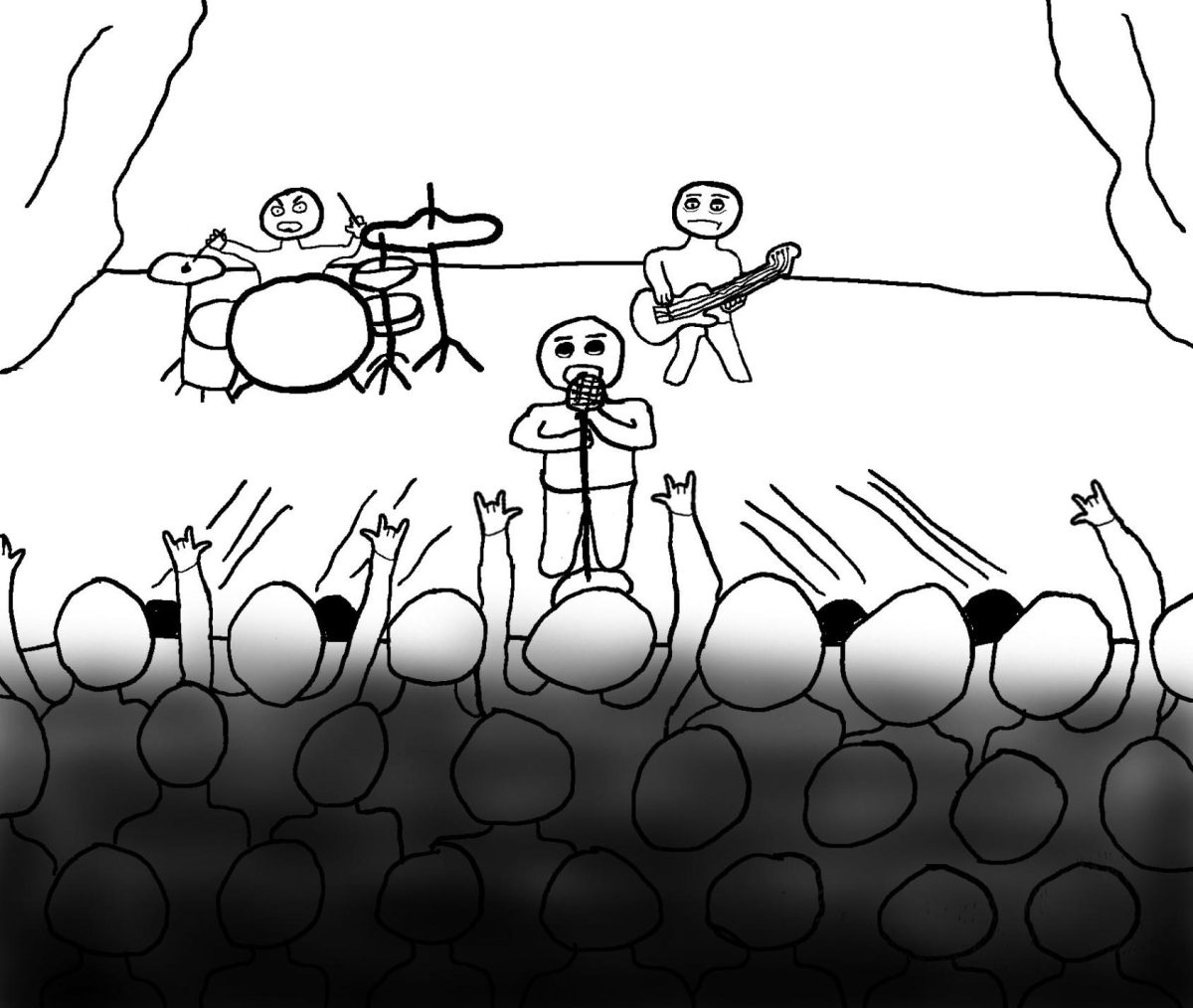
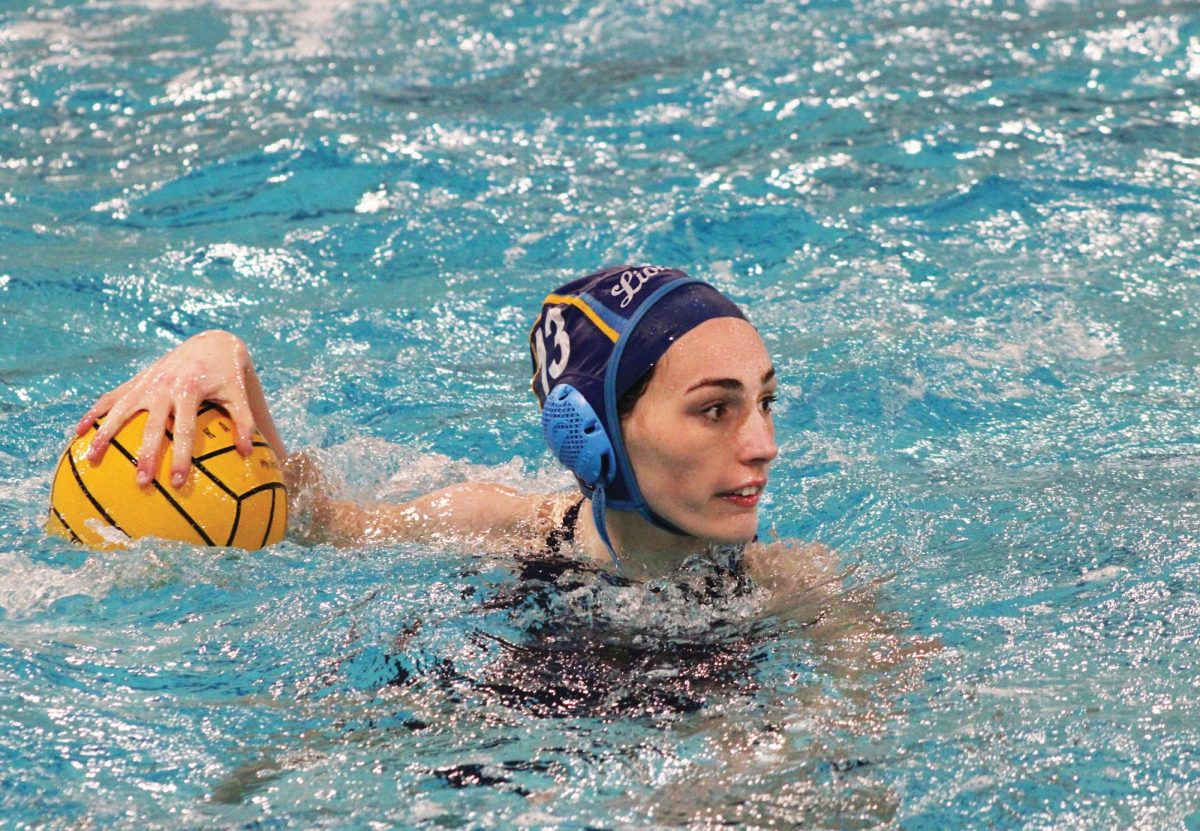
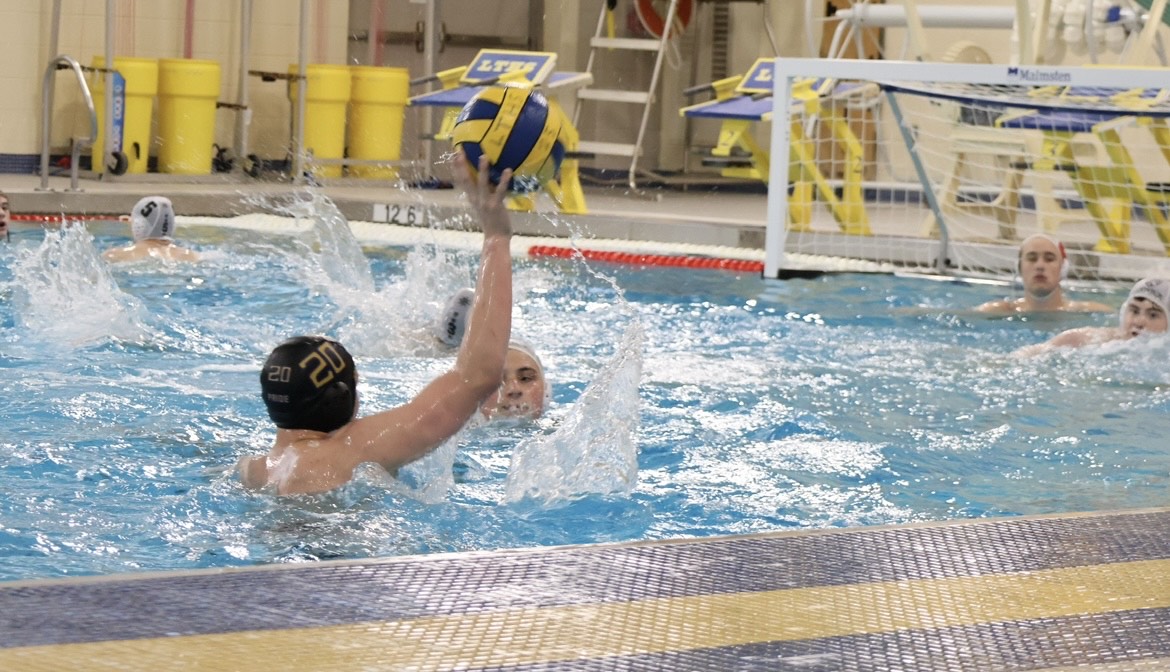


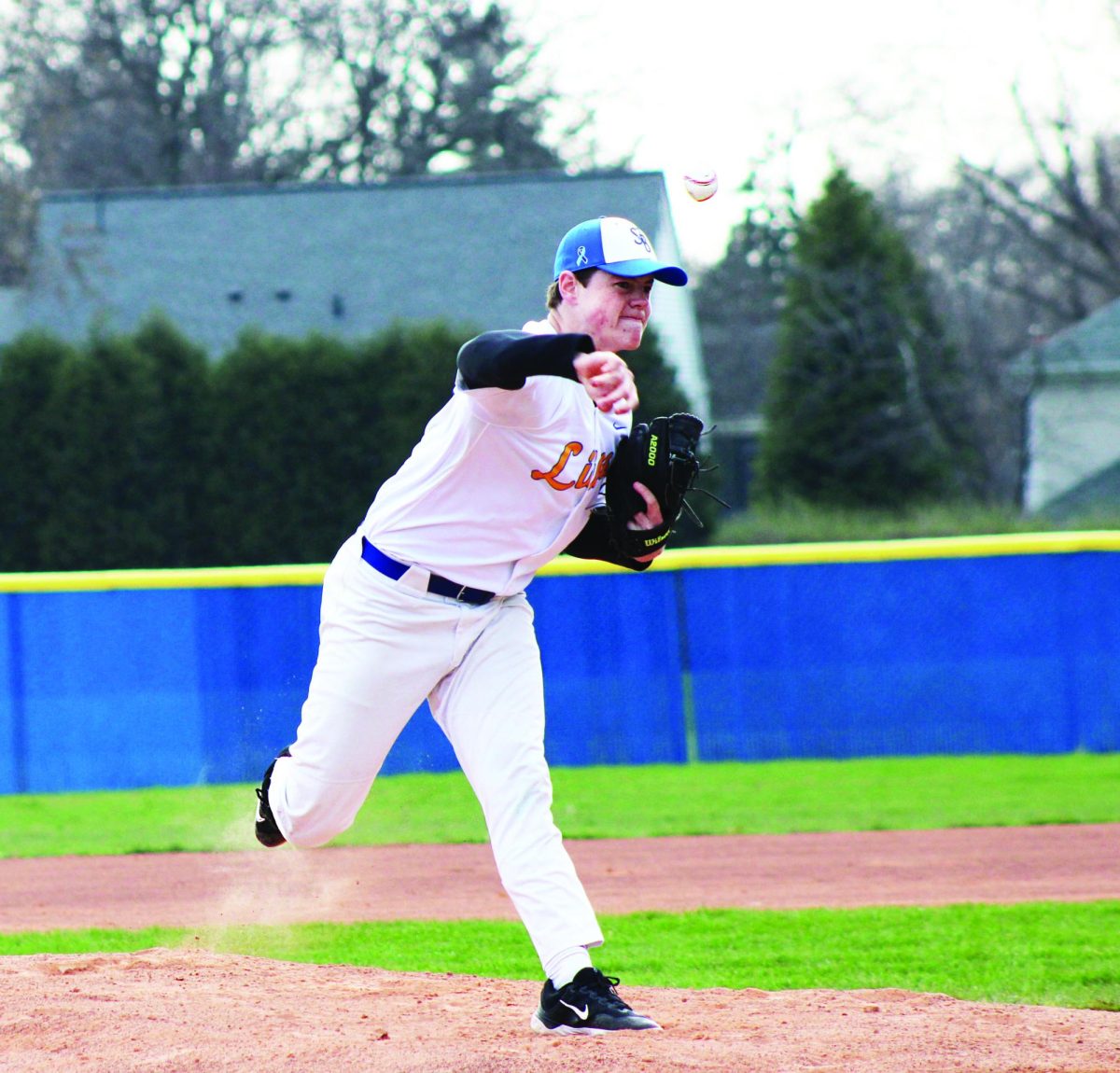





![Movie poster for '[Rec]" (2007).](https://www.lionnewspaper.com/wp-content/uploads/2023/04/rec-640x900.jpg)


